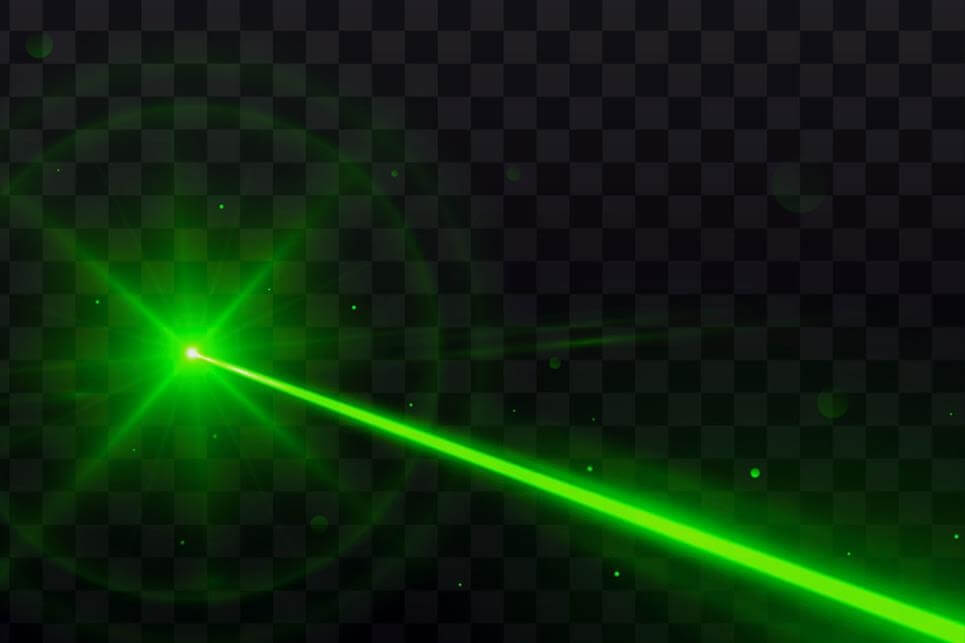Biopharmaceuticals
Biological pharmaceuticals is a rapidly growing class of pharmaceuticals, based on biologically produced proteins, for example antibodies. They are typically injected and presence of unwanted particles is therefore a topic of great concern. Our Twilight Holographic Particle Tracking method is expected to be a powerful tool in the formulation development as well as in quality control of biopharmaceuticals.
Aggregation of the protein molecules is a common problem and can affect the safety, efficacy, and stability of these products.Other unwanted particles which may occur are droplets of lubricant from the injection syringes and particles from production equipment and containers, which may include plastic, rubber, metal and glass. Pharmacopeias only provide recommendations for quality control of subvisible particles in the range 10-100 microns due to previous limitations of available methods, but regulators recommend that also smaller particles are monitored, including the submicron range when suitable methods become available. Methods used in production quality control are microscopy based and can generally not detect protein aggregates smaller than 1 micron. At the research and development stage a wider range of methods can be used, but these also generally struggle to detect protein aggregates below 1 micron. In particular, methods based on light scattering have difficulty detecting the very low-density protein aggregates against a background of individual protein molecules and other nanoparticles which also scatter light.
Twilight Holographic particle tracking has the following advantages:
- Differentiates between different particles types, for example protein aggregates and lubricant oil droplets. This enables to find the source of the unwanted particles and also to estimate the resulting hazard.
- Holographic particle tracking can be expected to provide consistent and reliable results.
- Using optical size determination, more accurate and detailed size distribution can be extracted than from only tracking particle movement.
- Using optical size determination, changes in size of protein aggregates can be studied with a time-resolution of much less than a second. This can provide additional information on the aggregation kinetics.


